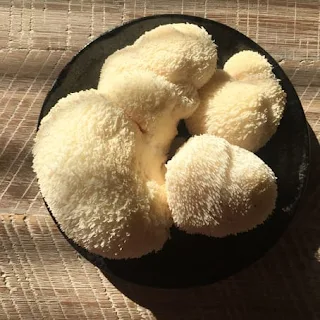How often should you take lion's mane? | Lion's mane mushrooms | Mushroom supply | Mushroom online | Mushroom online shop
How often should you take lion's mane? | Lion's mane mushrooms | Mushroom supply | Mushroom online | Mushroom online shop
How often should you take a lion's mane?
Lion's mane can be taken up to three times per day, though it is not recommended to exceed this limit.
Daily dosages of 250mg to 750mg have also been shown to be effective.
Overall, there is very little safety data concerning the use of Lion's mane.
There have not been any large-scale randomized controlled trials that suggest Lion's mane supplements are safe for long-term use or that their benefits for cognitive health outweigh.
Biobritte recommends mixing one scoop of lion's mane powdered mix into your tea or coffee, once a day for a two-week period.
Contact - 7709709816 / 9923806933
Tags - How often should you take lion's mane? , Lion's mane mushrooms , Mushroom supply , Top mushroom company, Mushroom online , Biobritte store, Mushroom online shop, Biobritte cart,Can you take lion's mane long term?,What time of day should I take lion's mane?,How long does it take for lion's mane to work?,What happens if you take too much lion's mane?,how much lion's mane is too much,lion's mane spiritual benefits,lion's mane dosage for depression,how long does lion's mane take to work,does lion's mane interact with medications,lion's mane mushroom side effects,lion's mane tincture dosage,lion's mane benefits,

Comments
Post a Comment